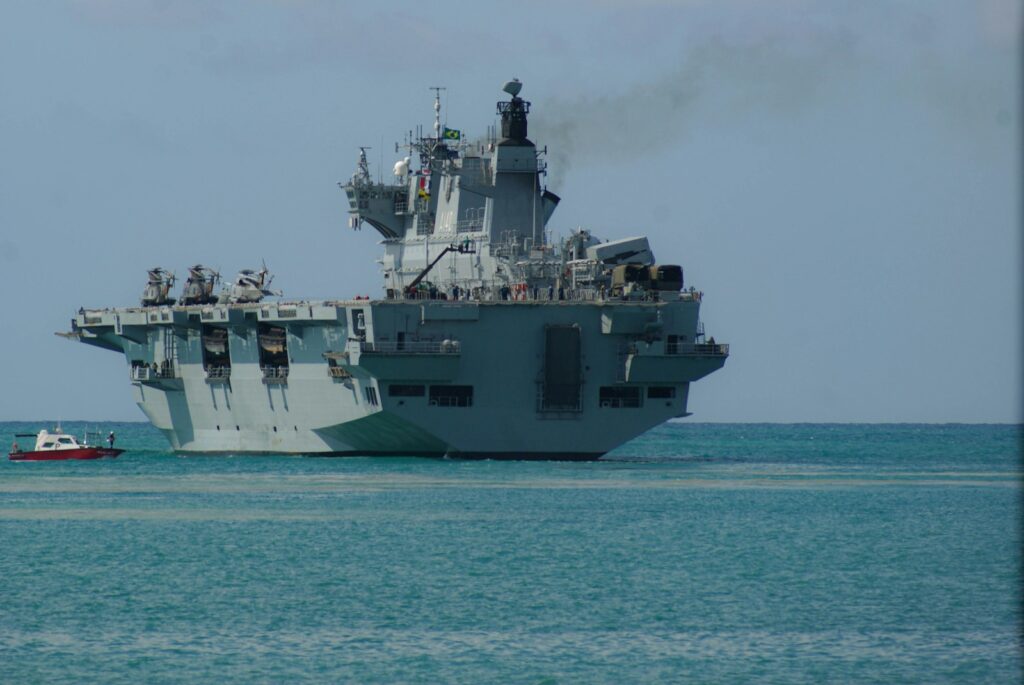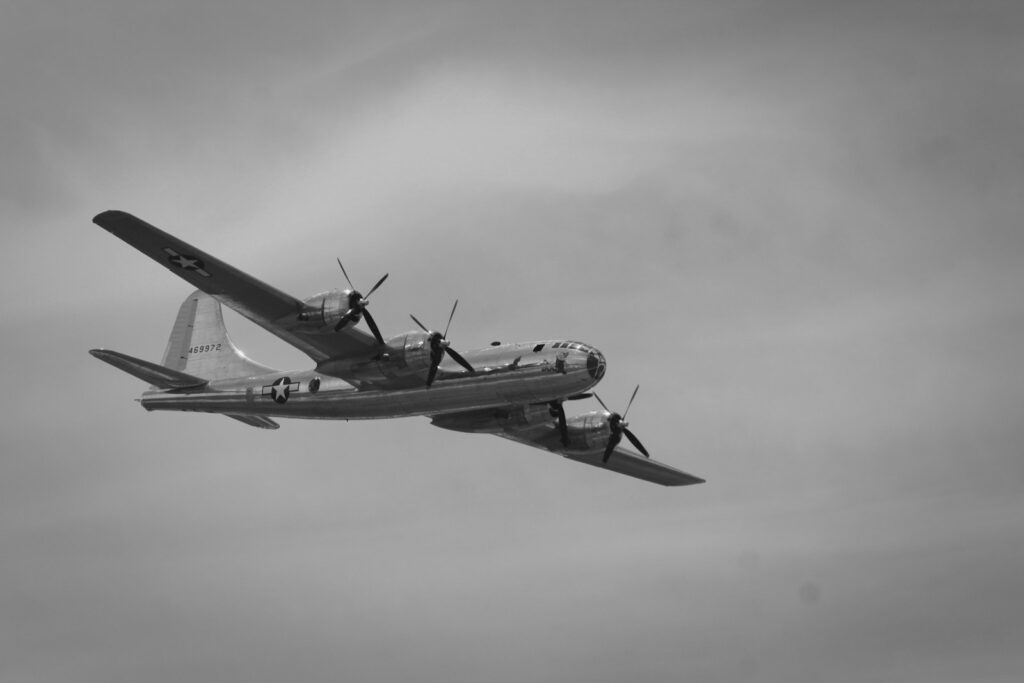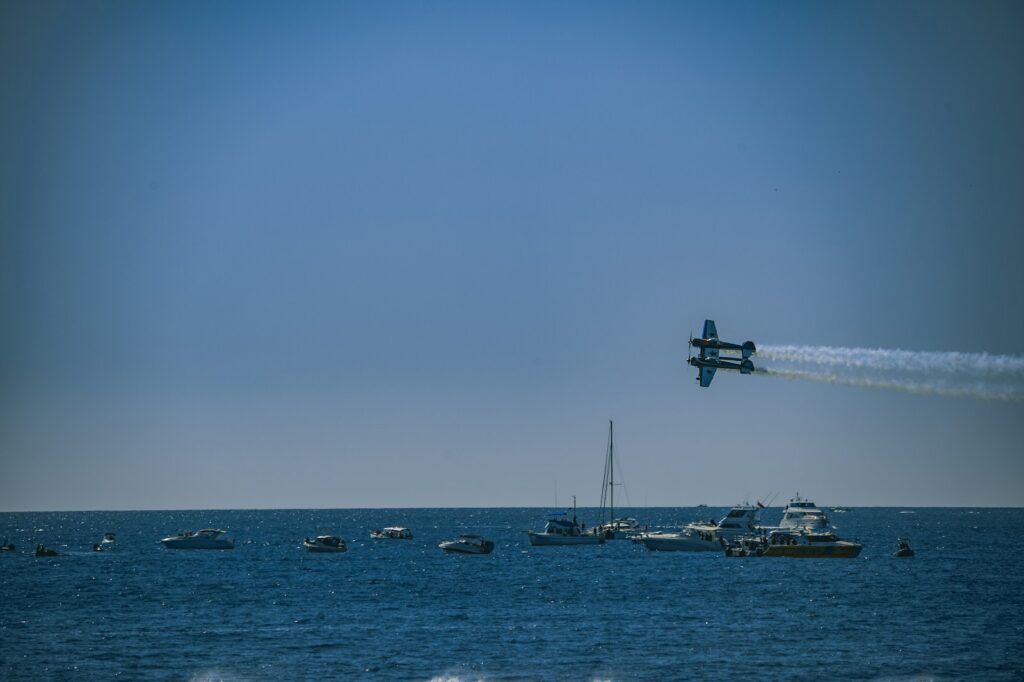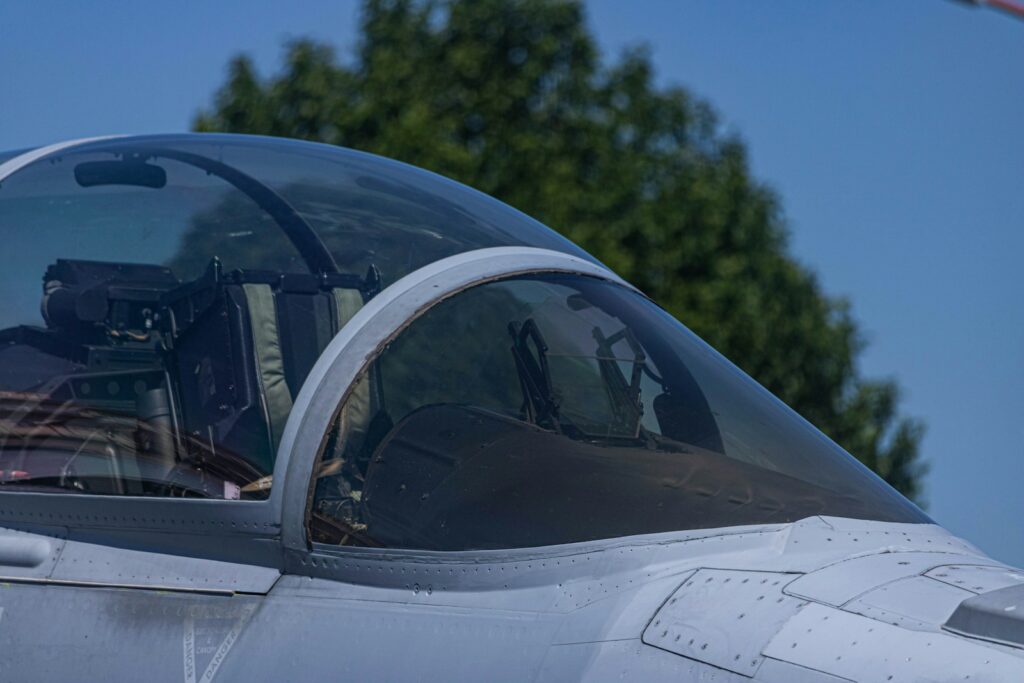On August 14, 2025, Donald Melvin McPherson passed away in hospice care in Lincoln, Nebraska, at the age of 103. His death marked the end of an era as he was regarded as the last living American flying ace of World War II. Born in Adams, Nebraska, in 1922, McPherson’s life spanned a century defined by both hardship and triumph, from the challenges of the Great Depression to the skies over the Pacific.
McPherson’s story reflects the transformation of a young farmer into a distinguished naval aviator. His career combined individual courage with the broader sacrifices of a generation called upon to defend freedom during the world’s most devastating conflict.

From Farm Life to Naval Aviator
Raised in Adams as the youngest of seven children, McPherson grew up in the heartland rhythms of farm life. He had planned to attend the University of Nebraska, saving money to pursue higher education, when the global conflict redirected his path. His father encouraged him to join the U.S. Navy, steering him toward aviation rather than ground combat.
By December 1944, McPherson reported to San Diego and soon traveled to Pearl Harbor for assignment with VF-100. At Naval Air Station Barbers Point in Hawaii, he underwent refresher training that prepared him for carrier operations. On January 6, 1945, he achieved his first landings on an Essex-class carrier, an essential milestone for combat readiness.

Assignment to VF-83 and Combat Deployment
In February 1945, McPherson was assigned to Fighter Squadron VF-83 aboard the USS Essex (CV-9). He flew the Grumman F6F Hellcat, a rugged aircraft central to America’s Pacific campaign. His first combat mission took place on March 13, a patrol over Ulithi Atoll.
Soon after, he participated in long-range missions against Japanese-held territory, including operations over Kyushu. During one such mission, mechanical trouble and heavy anti-aircraft fire nearly ended his career, but he successfully returned his Hellcat to the carrier. His aircraft bore the name “Death N’ Destruction,” a reminder of the risks of aerial combat and the resilience required of those who flew.

Earning Ace Status in the Pacific Theater
McPherson distinguished himself during the Battle of Okinawa in April 1945. On April 6, he shot down two Aichi D3A “Val” dive bombers threatening American forces. Fighter Squadron 83 as a whole achieved a remarkable tally that day, reflecting the intensity of the campaign.
His defining moment came on May 4, 1945, when he intercepted multiple hostile aircraft approaching American ships. His actions that day brought his total victories to five, officially making him an ace. For his service, he received the Distinguished Flying Cross with stars and later added three Air Medals to his record.

Returning Home and Building Community
After his separation from active duty in November 1945 and eventual discharge from the Navy Reserve in 1956, McPherson returned to Adams, Nebraska. He reunited with his wife, Thelma Johnston, whom he had married in 1944. Their marriage lasted until her passing in 1998.
Back home, McPherson worked as both a farmer and a rural letter carrier for the U.S. Postal Service, retiring in 1988. He became a central figure in his community, serving as Scoutmaster for Troop 280, engaging with the Methodist church, and helping organize local baseball and softball leagues. In recognition of his and Thelma’s contributions, Adams named its ballfield McPherson Field.
Honors and Later Life
McPherson’s service was honored throughout his lifetime. In 2015, he received the Congressional Gold Medal, recognizing his place among the nation’s flying aces. That same year, he was inducted into the Nebraska Aviation Hall of Fame.
On his 100th birthday in 2022, his story was celebrated nationally, and he was recognized as the final surviving American ace of World War II. At age 102, he flew once more in a restored F6F Hellcat, recalling that the experience “brought back some really, really cool memories.” His lasting bond with the Hellcat reflected the enduring impact of his wartime service.

A Legacy of Faith, Family, and Service
Though honored as a decorated aviator, McPherson wished to be remembered most for his faith, family, and commitment to community. His daughter, Beth Delabar, emphasized these values as central to his life. His funeral on August 19, 2025, included full military honors and a ceremonial flyover, a tribute to his service and legacy.
Donald McPherson leaves behind two daughters, one son, grandchildren, and great-grandchildren. His life embodied the resilience of the Greatest Generation, bridging the farm fields of Nebraska and the skies of the Pacific. His passing closes a historic chapter, but his story continues to inspire through the values of courage, humility, and dedication to others.





